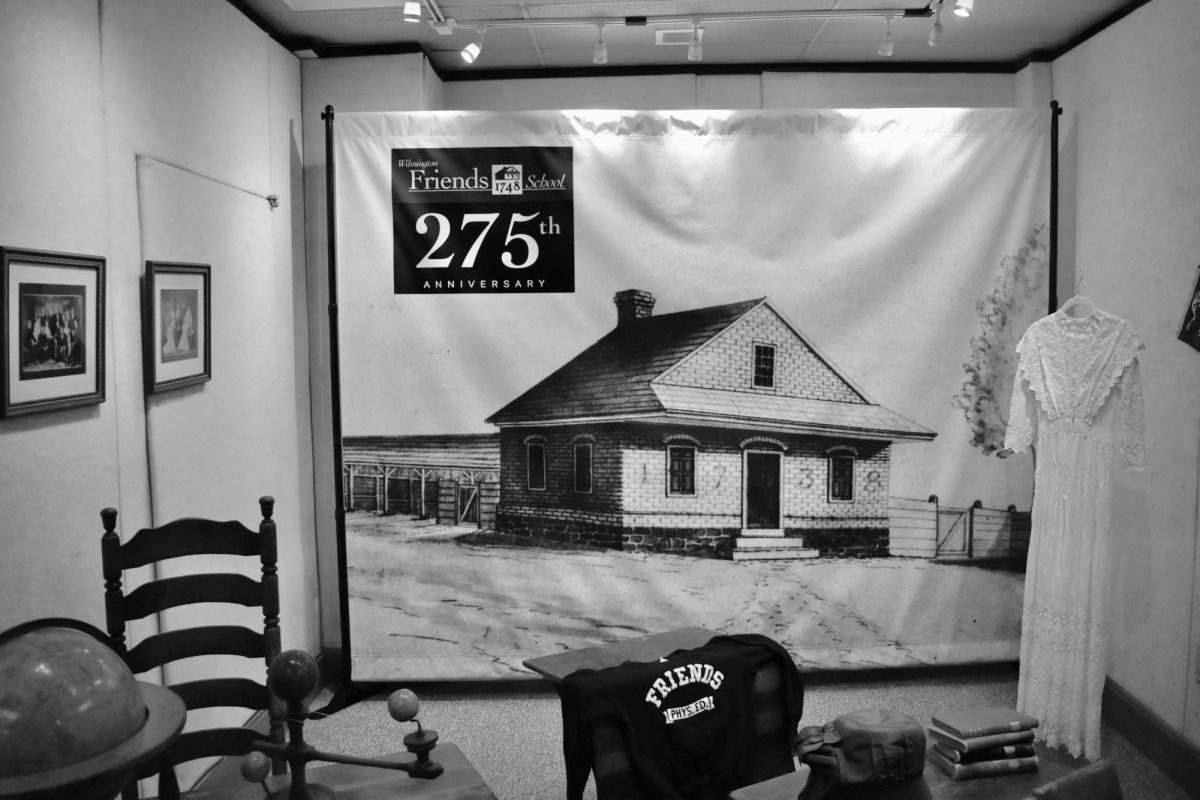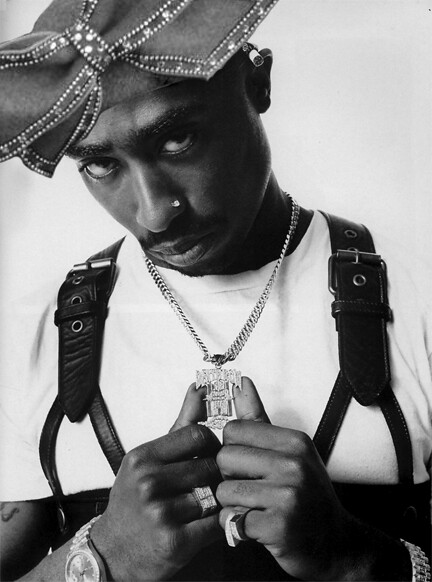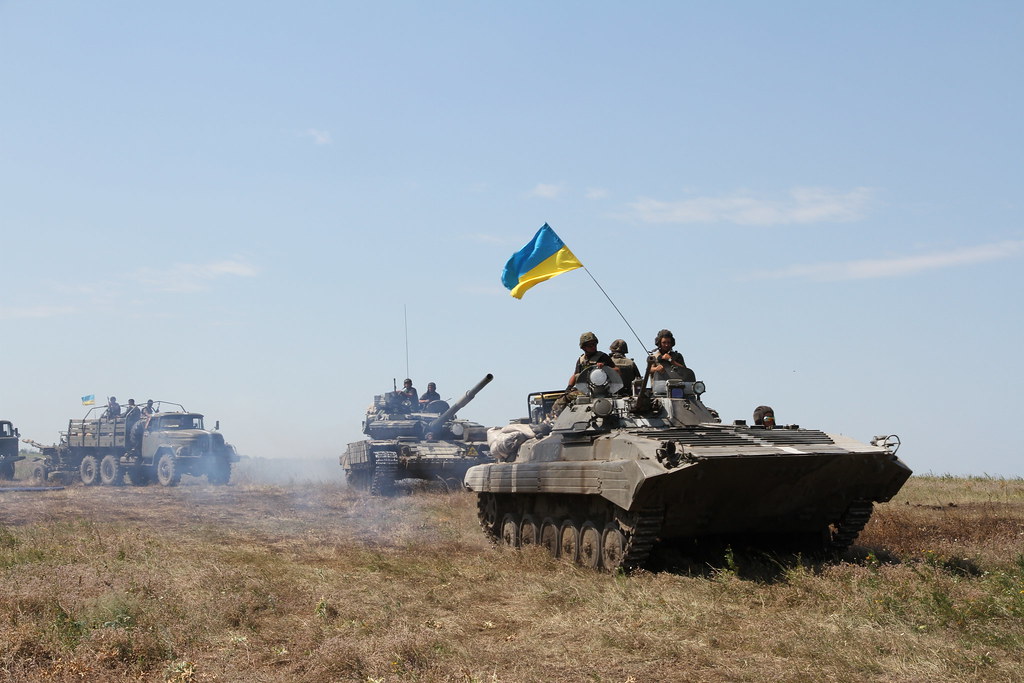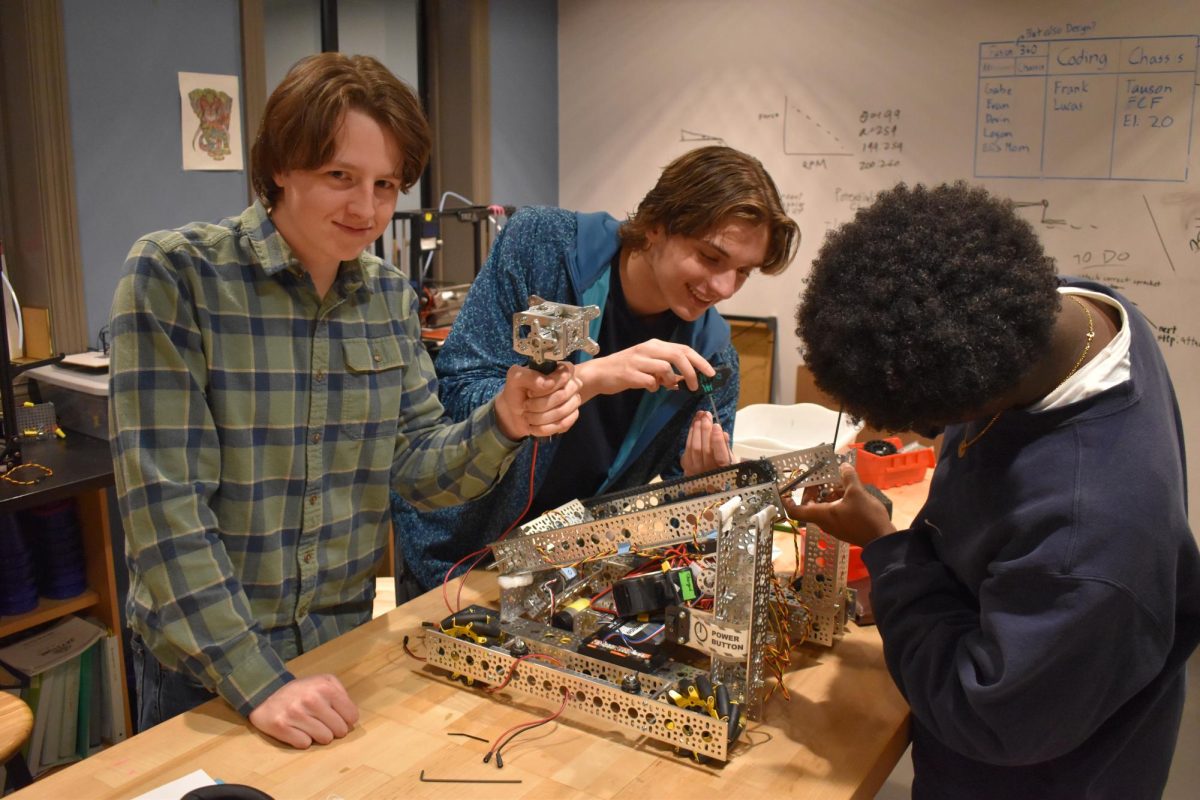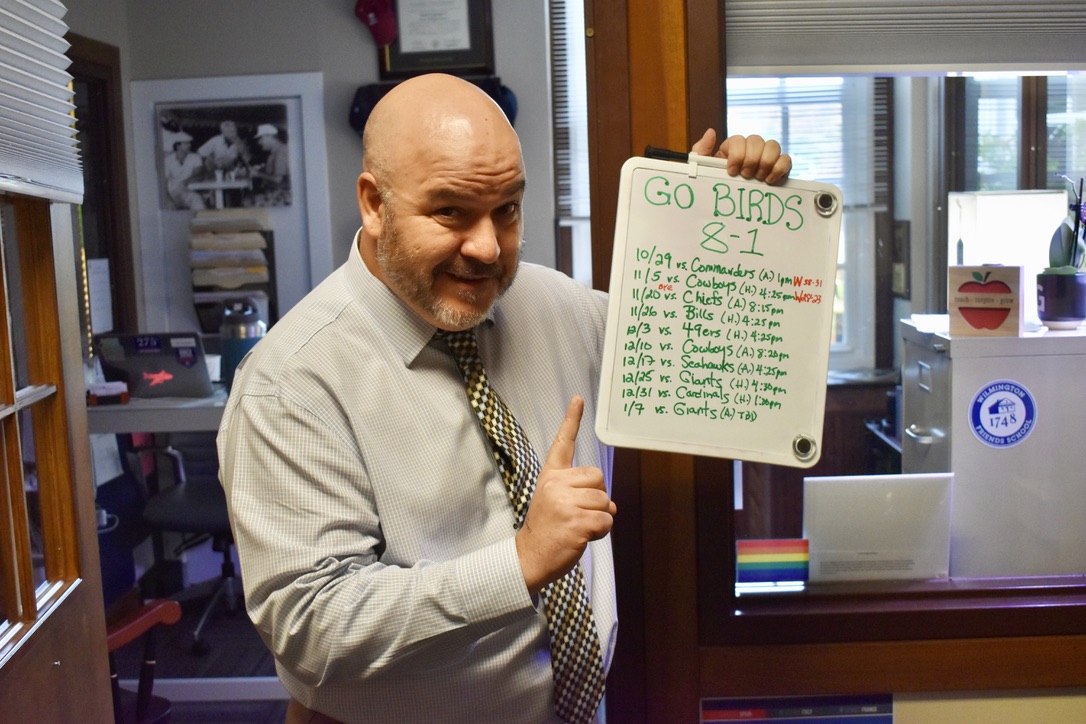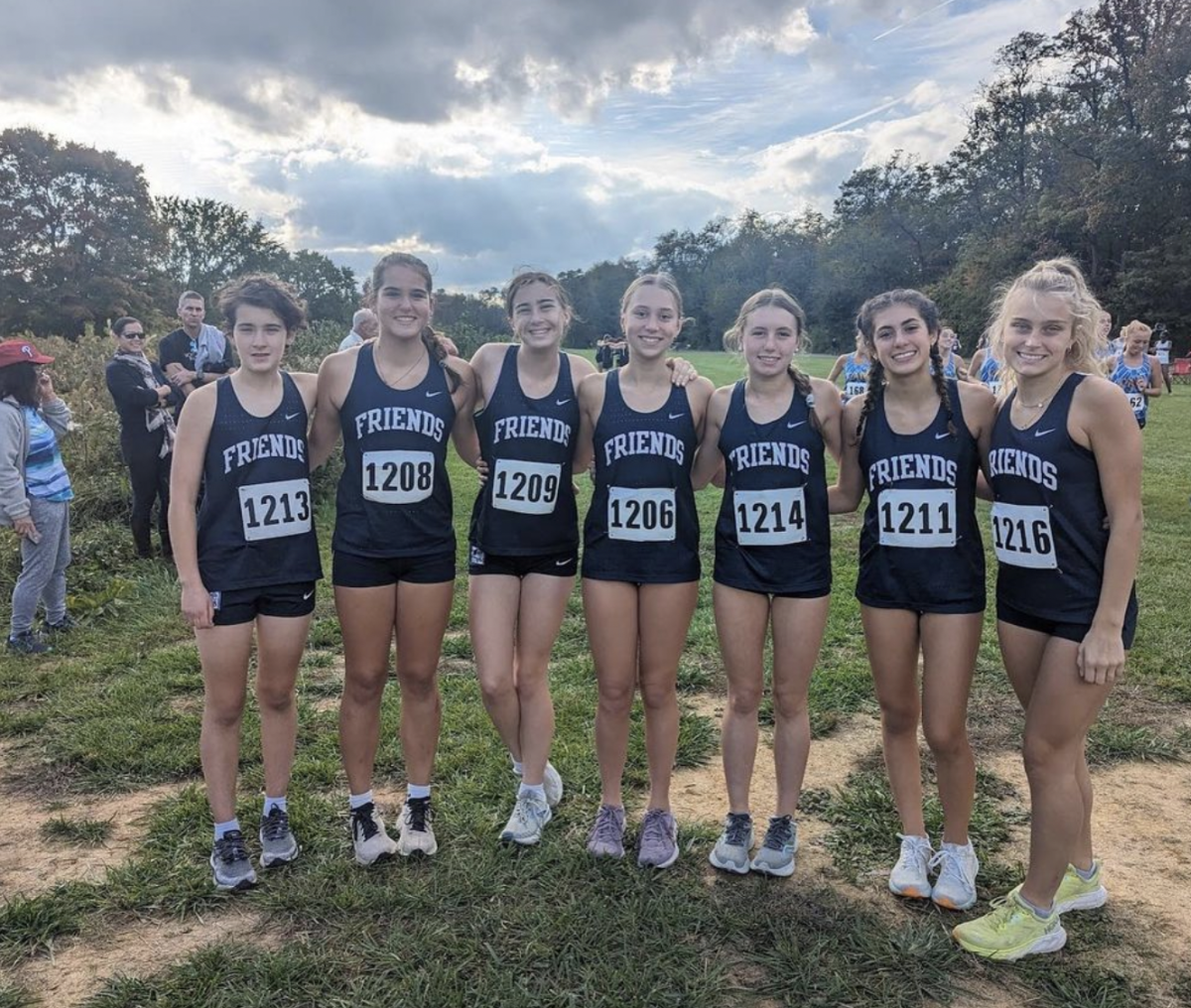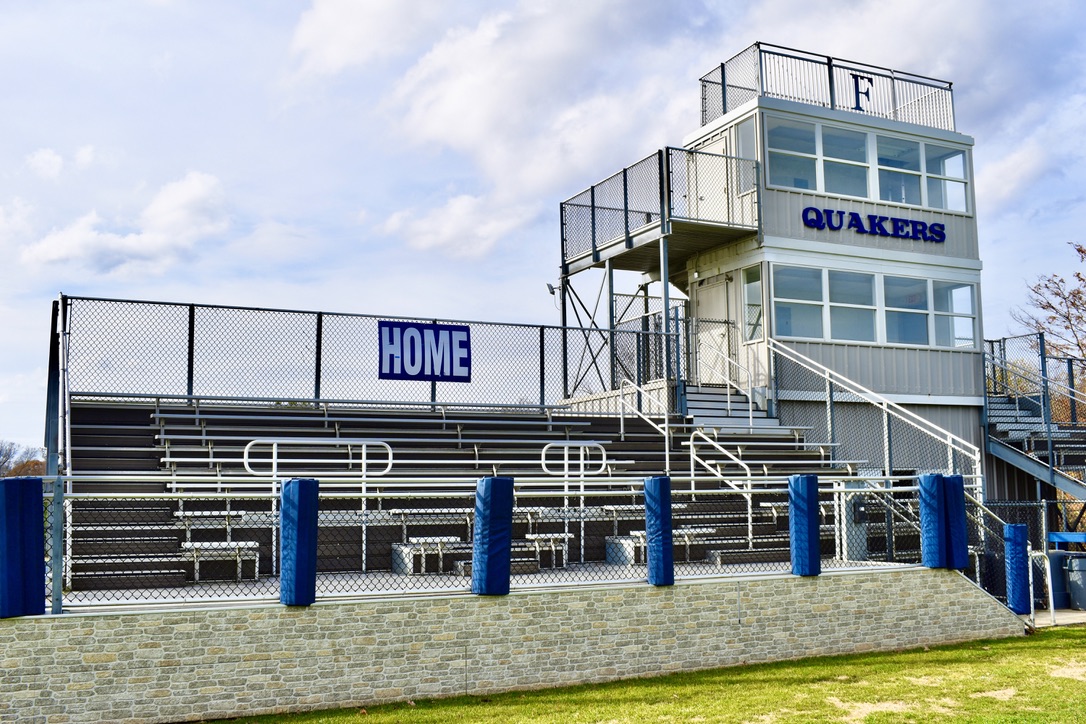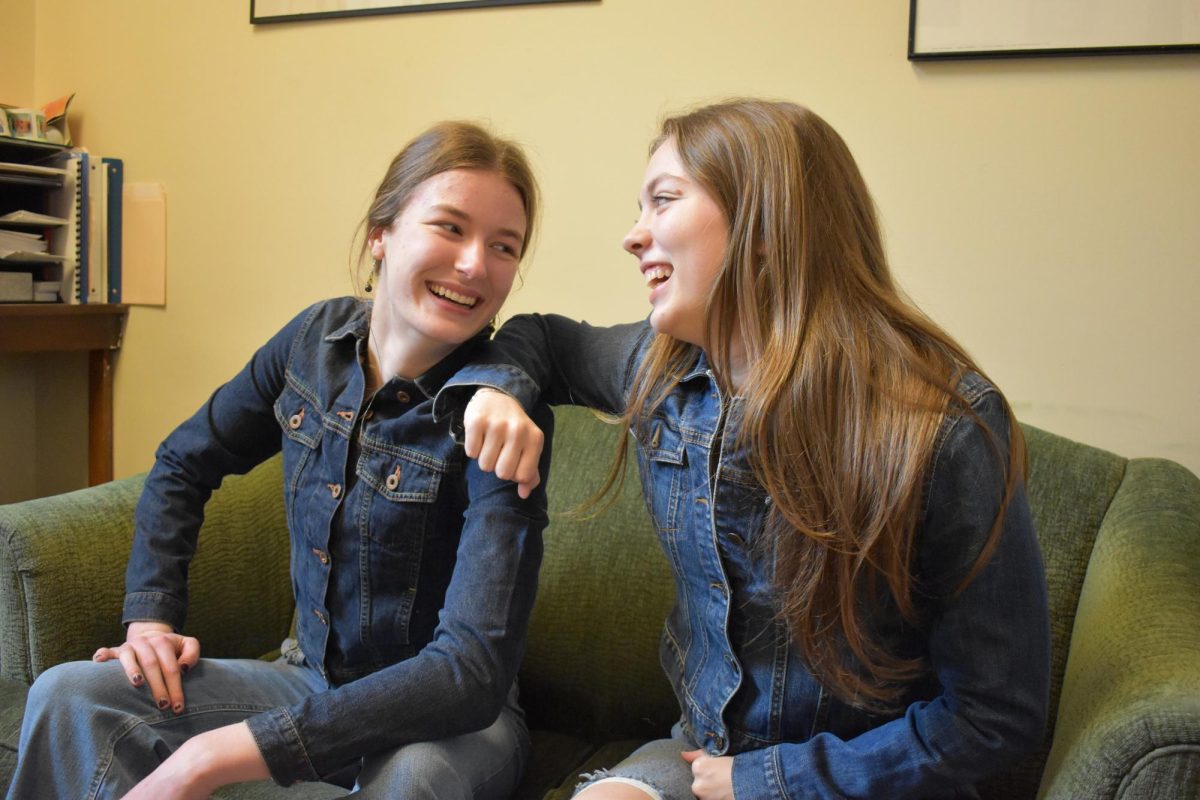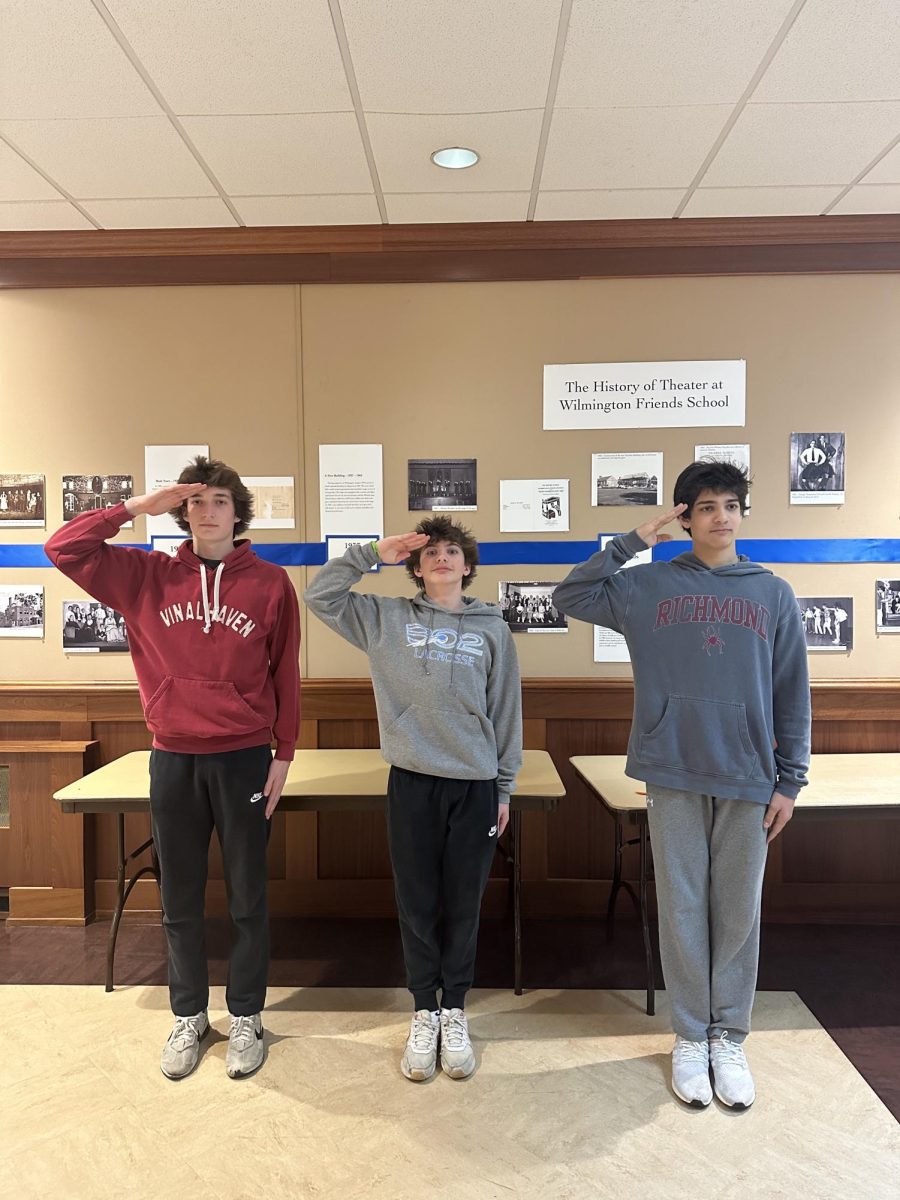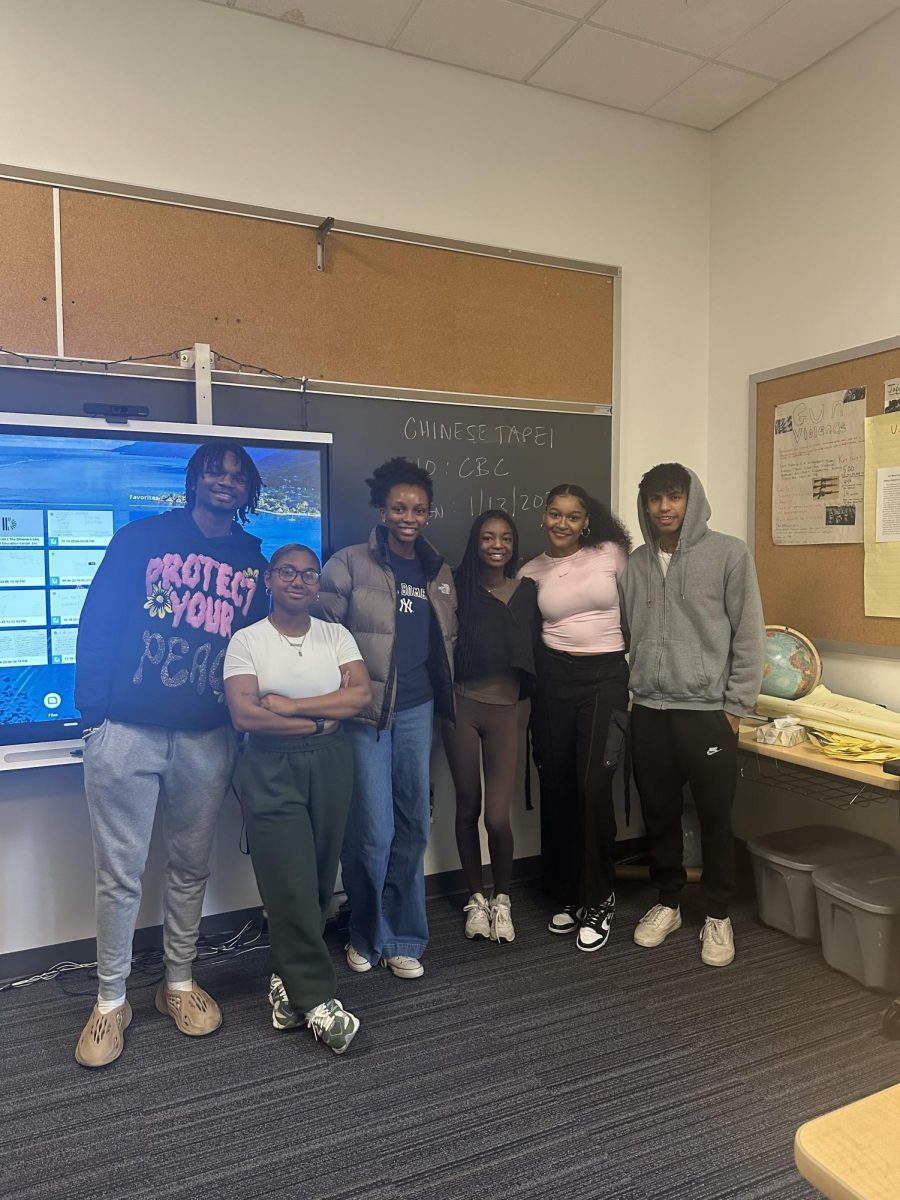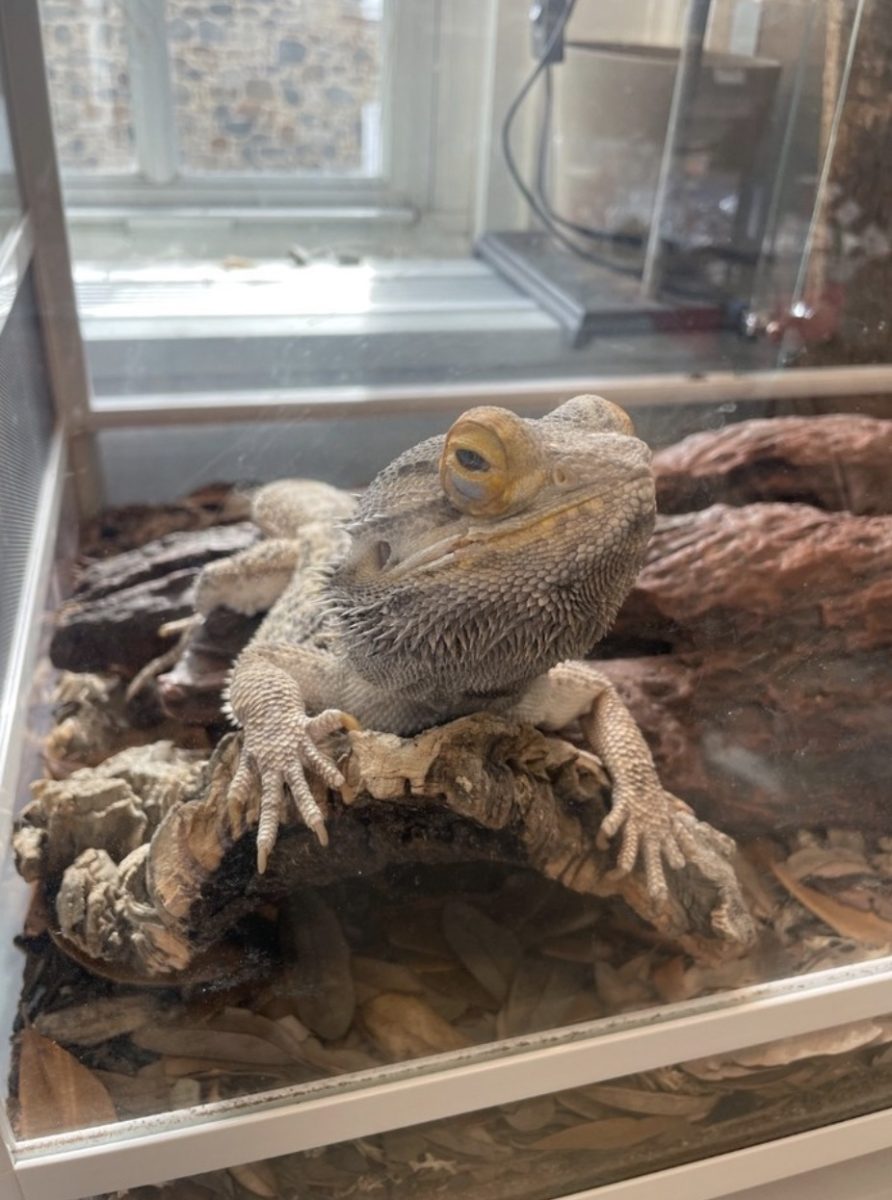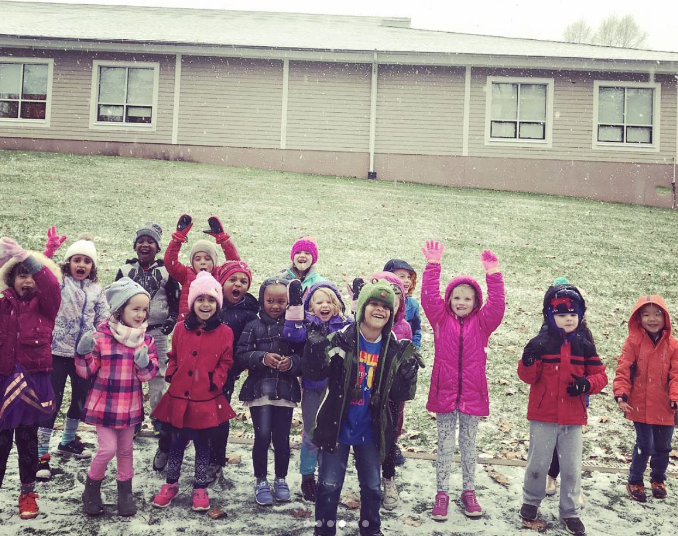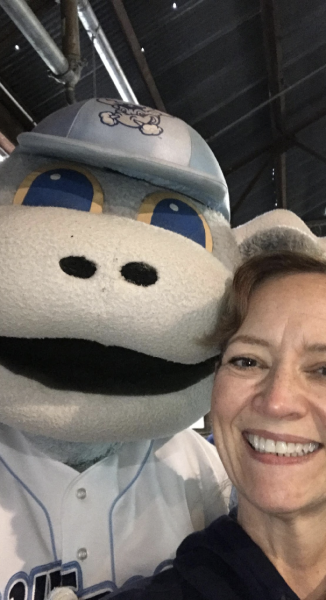Our School’s Positions on Politics
Awards Issue 2016
With the smell of a new election in the air, it seems nearly impossible to get through the day without an encountering someone’s political opinions. This rang especially true among the Wilmington Friends School community on Tuesday April 26th, when at least 51% of the student body voted in a mock primary election. After the online voting, pie charts were posted throughout the school with the communities’ responses to the questions, “What Party Best Represents Your Political Affiliation?” and “Which Candidate do You Support?”
The pie chart represented political affiliations that reflect what one may typically encounter within the wider community of Wilmington as a whole. It describes that 41.8% of voters identify as democrat, 25% identify as independent, and 24.3% identify as republican, while the remaining 2.9% of voters identify as libertarian or members of the green party. When asked if this came as a surprise to the community, Will Bodycot ’17 described that he found it “interesting that there was a good segment of people who identify as independent, which means that these people are most likely willing to hear other people’s opinions.” Gustavo Silvera, ’17 also commented on the presence of independent votes at Friends School, stating “(the results) makes sense because teenagers want to have freedom to vote for either party.” In further consideration of the independent voters, Erica Rodi ’17 gave a hypothesis as to why the margin between percentages of democrat and independent voters is so large. She suggested that “the people who voted are the ones who lean heavily one way, which might explain why there aren’t as many independent.” While members of the Friends community may dispute the priority of various issues, the awareness of the need for reform never falters. Katie Bodycot ’17 encapsulated this idea, stating that, “We are generally more liberal thinkers at Friends, which means that, for the most part, the values people have will align with one another and with one party.”
Moving on to the support each candidate received, the poll showed that 7% of those who voted for Hillary—the prevailing candidate, having won 32.4% of voters—identify as members of the republican party. Recent debate from real-world media suggests that this may have occurred due to the lack of a strong, moderate republican candidate. One student, who wished to remain anonymous, suggested that this may be due to “people who agree with certain values, but don’t outwardly identify themselves with these values for fear of judgement from their peers.” Interestingly enough, this idea was seen in action within the Friends’ community several months ago during the annual “Identification Meeting For Worship.” Two consecutive questions were posed to the community and yielded vastly different results. The first regarded a belief that men and women should receive equal treatment—a statement which nearly all members of the community stood to demonstrate their support of—while the second simply stated that those who identify as a feminist should stand, only a handful of people stood. Students and faculty alike are often unwilling to publicly align themselves with opinions that they may personally agree with, even in a seemignly safe environment like WFS.
The primary polls have acted as an accurate representation of the morals and political identity of Friends school. Perhaps the most significant finding within the poll showed that Donald Trump only received 7.4% of votes at this school, which is a very different result from the one shown by national polls. Be sure to take note of the results posted around the halls of the school!

